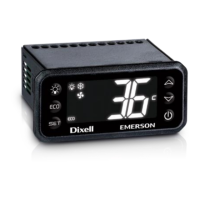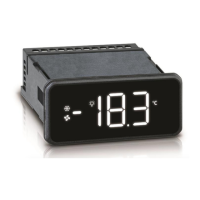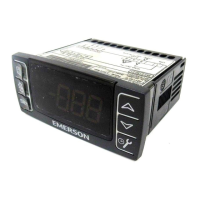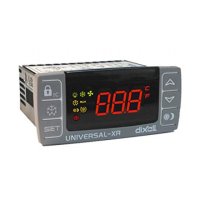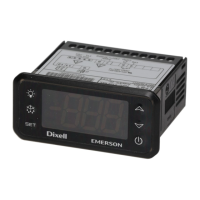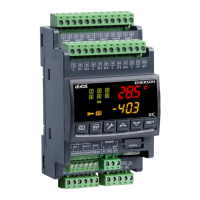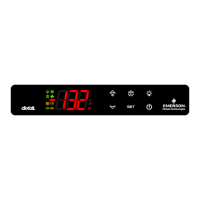User Manual Appendix G
GFK-1742F Jan 2020
Strobe Accuracy Calculations 461
Appendix G: Strobe Accuracy Calculations
In general the accuracy of the strobe position value can be expressed as +/- 2 counts with an
additional variance of 10 microseconds. However, the actual accuracy of the strobe position
value may be better than that depending upon axis configuration, motor acceleration
during a strobe event, and the number of counts per revolution of the encoder used. The
first consideration is whether the axis configuration is Digital or Analog.
G-1 Analog Mode
In Analog mode, when a strobe event occurs, the quadrature counter value is latched into a
holding register immediately. This means that the position capture inaccuracies are based
primarily on the input filtering and sampling delay for the strobe input which can total up to
10 microseconds (or the number of counts that can occur in 10 microseconds). Note that
the value may be one count off based on when the strobe event occurred in relation to when
the count value changed.
G-2 Digital Mode
In Digital mode the encoder is read as serial data. Because this data is only acquired once
every 250 microseconds, latching the position value read from the encoder will only allow
an accuracy of 250 microseconds. To overcome this limitation, the strobe event is time
stamped in relation to the last encoder position reading that occurred within the DSM314.
This value is used to estimate the axis position at the instant that the strobe event occurred
based on the actual servo axis velocity at the time of the strobe. The velocity used for the
calculation is derived from the difference in the two encoder position readings around the
strobe event (see the formula below).
Therefore, changes in velocity (i.e. acceleration or deceleration of the motor) between
position samples are not taken into account thus causing inaccuracies in the captured
strobe position value. For strobe events that occur during when velocity is constant during
the sampling period, the interpolation algorithm will be accurate to within one count and
the position capture inaccuracy will be primarily determined by the filtering and sampling
delays.
The following example can be used to calculate the worst case inaccuracies due to
acceleration given a particular servo motor:

